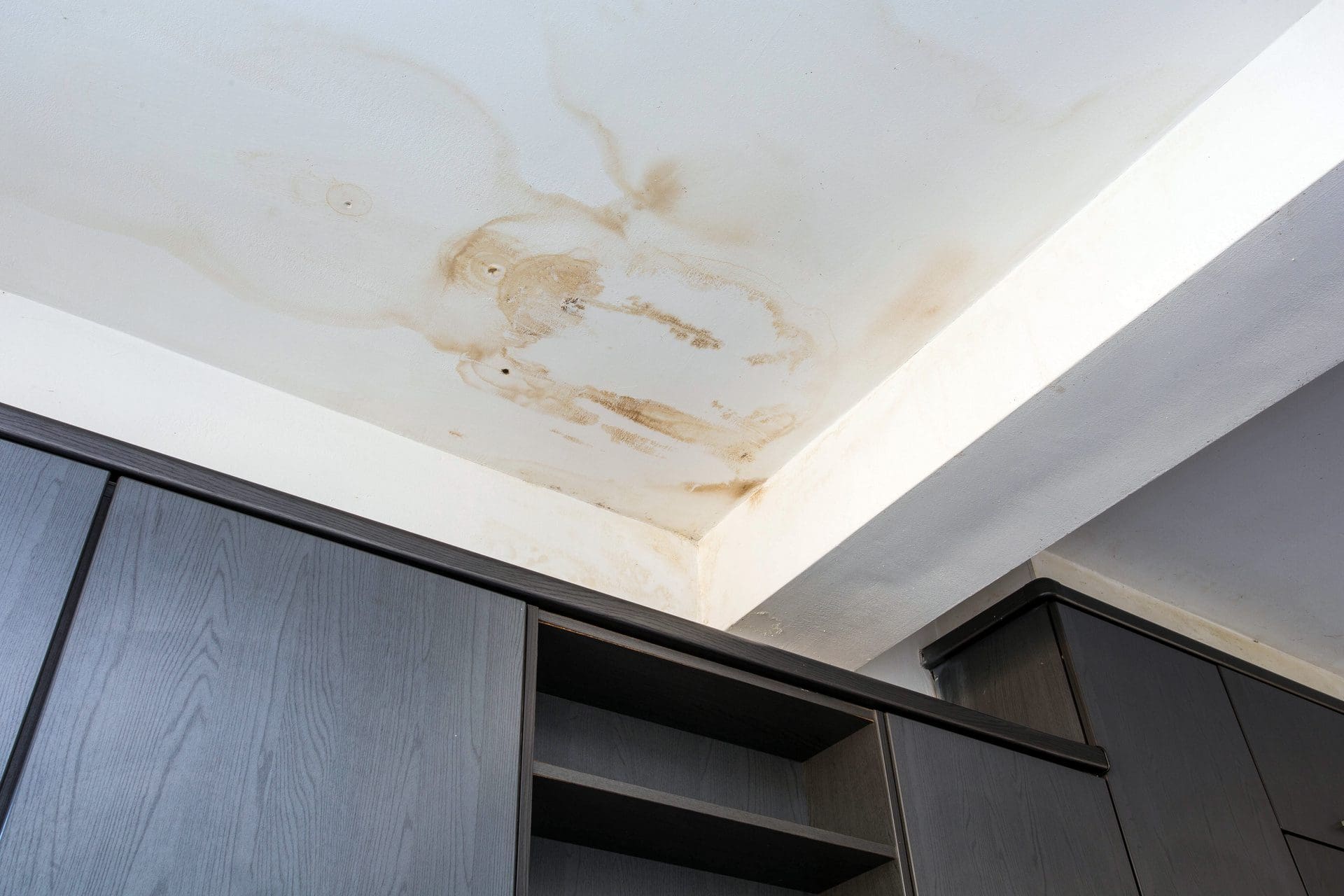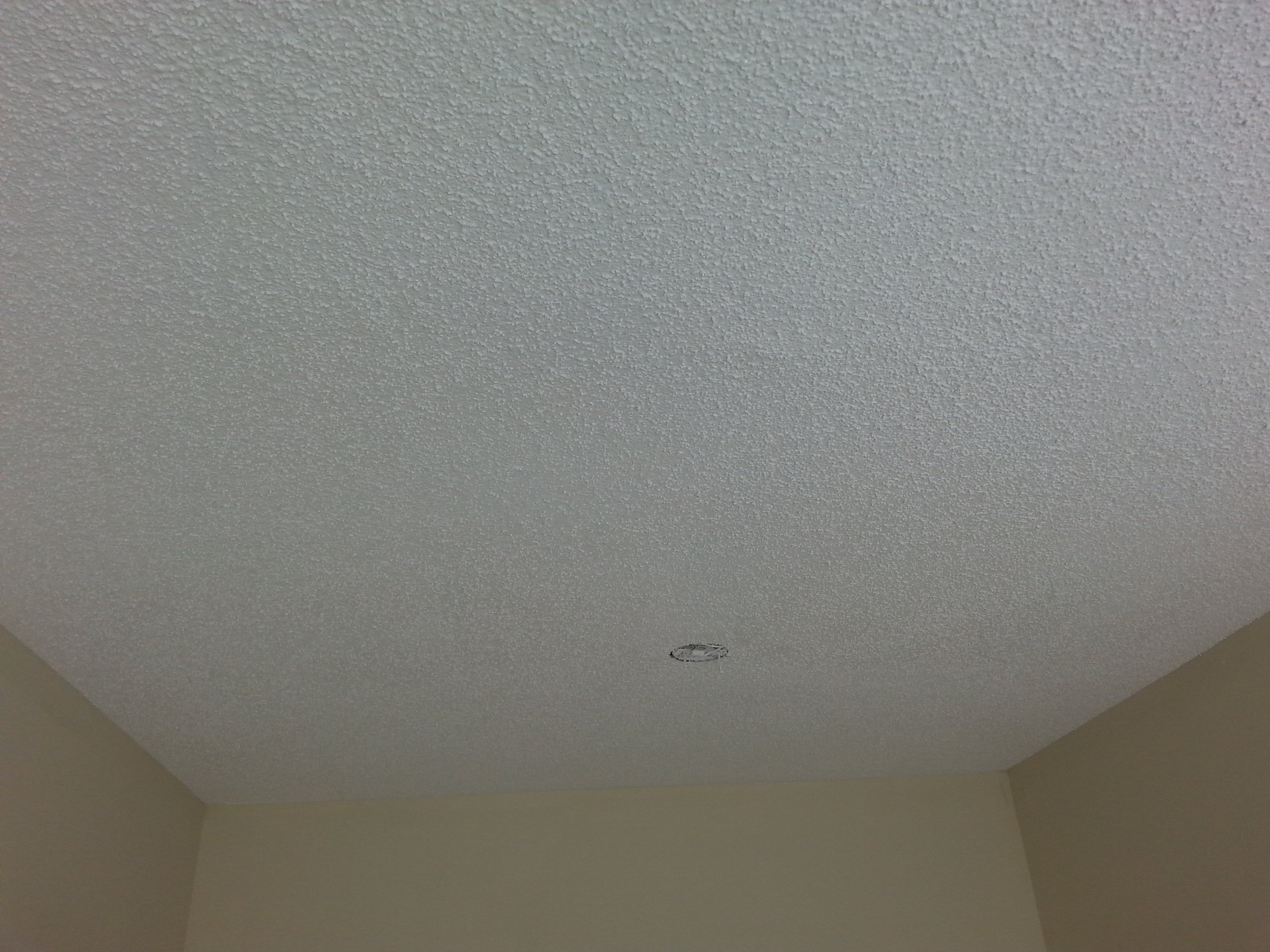Understanding Condensation in Bedrooms: Condensation In Corner Of Bedroom Ceiling

Condensation in bedrooms, particularly on the ceiling, can be a frustrating and sometimes concerning issue. It’s important to understand the science behind condensation formation and the factors that contribute to it in order to effectively address the problem.
Causes of Condensation in Bedrooms
Condensation occurs when warm, moist air comes into contact with a cold surface, causing the moisture to condense into water droplets. In bedrooms, this typically happens on the ceiling because it’s often the coldest surface in the room.
- Humidity Levels: High humidity levels in the air contribute significantly to condensation. Warm air can hold more moisture than cold air, so when the temperature drops, the air becomes saturated with moisture and condensation occurs.
- Temperature Differences: A significant difference in temperature between the air and the surface can also lead to condensation. If the ceiling is cold, for example, due to inadequate insulation or a cold roof, the warm air in the room will condense on the colder surface.
- Poor Ventilation: Poor ventilation allows moisture to build up in the air, increasing the likelihood of condensation. This can be caused by a lack of fresh air circulation, inadequate ventilation systems, or blocked air vents.
Examples of Common Situations
Several common situations in bedrooms can contribute to condensation:
- Showering: Taking hot showers or baths releases a significant amount of moisture into the air, which can lead to condensation on the ceiling, especially if the bathroom is poorly ventilated.
- Cooking: Cooking, especially if it involves boiling water or using steam, can also introduce moisture into the air. If the kitchen is connected to the bedroom or if the bedroom is poorly ventilated, this moisture can contribute to condensation.
- Drying Clothes Indoors: Drying clothes indoors, particularly on a clothesline or rack, releases moisture into the air. This can significantly increase humidity levels, leading to condensation on the ceiling.
Identifying the Causes of Condensation

Condensation in the corner of your bedroom ceiling can be a frustrating and concerning issue. Understanding the underlying causes is crucial for effectively addressing the problem and preventing future occurrences. This section will delve into the common culprits behind this phenomenon and provide practical tips for identifying the source.
Identifying the Source of Condensation
Pinpointing the root cause of condensation is the first step towards resolving the issue. Observing patterns, monitoring temperature changes, and checking for leaks can help you identify the source.
- Observe the pattern of condensation: Pay attention to the time of day when condensation appears and disappears. If it forms primarily in the morning, it might indicate inadequate ventilation during the night. However, if it persists throughout the day, it could be a sign of a more persistent issue, such as leaky windows or insufficient insulation.
- Monitor temperature changes: Observe the temperature fluctuations in your bedroom, especially in the corners where condensation forms. If the temperature difference between the room and the outside is significant, it could contribute to condensation. This is particularly relevant in colder climates or during the winter months.
- Check for leaks: Examine the ceiling and walls around the corner where condensation appears for signs of water damage, such as discoloration, peeling paint, or a damp smell. Leaks from plumbing fixtures, roofs, or even cracked windows can contribute to condensation.
Differentiating Condensation from Other Issues
While condensation is a common occurrence, it’s essential to differentiate it from other potential problems that could be causing moisture issues in your bedroom.
- Water Damage: If you notice signs of water damage, such as warped drywall, peeling paint, or a musty odor, it’s likely that a leak is the underlying cause. In such cases, addressing the leak is crucial to prevent further damage and health risks associated with mold growth.
- Mold Growth: Mold thrives in damp environments, and if condensation is persistent, it can create favorable conditions for mold growth. Look for signs of mold, such as black or green spots, fuzzy patches, or a musty odor. If you suspect mold, it’s essential to contact a professional for remediation to prevent health hazards.
Solutions for Reducing Condensation

Condensation in bedrooms is a common problem that can lead to mold growth, damage to furniture, and health issues. Fortunately, there are several effective solutions to reduce or eliminate condensation, ranging from simple lifestyle changes to more significant home improvements.
Ventilation Strategies
Ventilation is essential for removing moisture from the air and preventing condensation. This section will discuss the most common ventilation strategies for reducing condensation in bedrooms.
- Opening Windows: Regularly opening windows for a few minutes, even during colder months, can significantly improve air circulation and reduce moisture buildup. This simple strategy is effective in removing stale air and bringing in fresh, drier air from outside.
- Using Exhaust Fans: Installing and using exhaust fans in the bathroom and kitchen can help remove moisture from these areas, preventing it from migrating to the bedroom.
- Employing a Whole-House Ventilation System: A whole-house ventilation system provides continuous fresh air circulation throughout the house, effectively removing moisture and improving indoor air quality. These systems can be more expensive to install but offer significant benefits in reducing condensation and improving overall health.
Insulation Upgrades, Condensation in corner of bedroom ceiling
Insulation plays a crucial role in preventing heat loss and maintaining a stable temperature in your home. This section will explain how insulation upgrades can help reduce condensation.
- Adding Insulation to Walls and Ceilings: Adding insulation to walls and ceilings helps to prevent heat loss from your home, reducing the temperature difference between the inside and outside. This, in turn, minimizes the likelihood of condensation forming on cold surfaces.
- Insulating Pipes and Ducts: Insulating pipes and ducts that run through unheated spaces can prevent them from becoming cold and attracting moisture. This is particularly important for pipes that run through attics or crawl spaces.
Dehumidification Techniques
Dehumidifiers are designed to remove excess moisture from the air, reducing the chances of condensation forming. This section will explore various dehumidification techniques.
- Portable Dehumidifiers: Portable dehumidifiers are a convenient and affordable option for reducing moisture in specific rooms. These devices can be moved from room to room as needed.
- Whole-House Dehumidifiers: Whole-house dehumidifiers are permanently installed and provide continuous moisture removal for the entire house. While they are more expensive than portable units, they offer greater coverage and efficiency.
- Natural Dehumidifiers: Certain natural materials, such as charcoal, silica gel, and salt, can absorb moisture from the air. Placing bowls or containers filled with these materials in damp areas can help reduce humidity levels.
Practical Steps to Reduce Condensation
Implementing practical steps can significantly reduce condensation in bedrooms. This section will provide a list of practical steps you can take.
- Dry Clothes Outside: Dry clothes outdoors whenever possible to avoid adding moisture to the air inside.
- Reduce Indoor Humidity: Avoid activities that generate excess moisture, such as cooking, showering, and boiling water.
- Wipe Down Wet Surfaces: Wipe down surfaces that are prone to condensation, such as windows, mirrors, and walls, to prevent mold growth.
- Maintain Adequate Heating: Ensure your bedroom is adequately heated, especially during colder months.
Comparing Methods for Reducing Condensation
| Method | Benefits | Drawbacks | Cost | Effectiveness | Ventilation Strategies | Effective, inexpensive, improves air quality | Requires consistent effort, may not be sufficient in extreme cases | Low | Moderate to high | Insulation Upgrades | Long-term solution, reduces energy costs | Requires professional installation, may be expensive | High | High | Dehumidification Techniques | Efficiently removes moisture, improves indoor air quality | Requires maintenance, can be noisy | Moderate to high | High |
|---|
